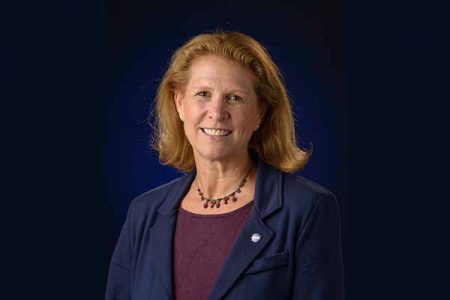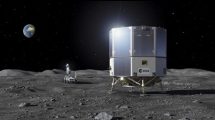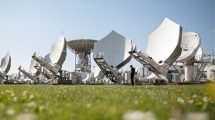 The UAE’s ambitious project to build the first human settlement on Mars by 2117, in collaboration with major international space institutions, will be possible if a methodical approach is adopted, according to a senior scientist at NASA, as reported by WAM.
The UAE’s ambitious project to build the first human settlement on Mars by 2117, in collaboration with major international space institutions, will be possible if a methodical approach is adopted, according to a senior scientist at NASA, as reported by WAM.
“I think we’ll get there,” said Dr Lori Glaze, Planetary Science Division Director at NASA, in a virtual meeting earlier this week with a selected group of UAE journalists, organised by the US Embassy in Abu Dhabi as the countdown has started to the official launch of UAE’s Mars Mission, Hope Probe.
The Hope Probe is scheduled to lift off on July 17 at 12:43 am UAE time from Tanegashima Space Center in Japan.
The NASA scientist added, “I would say that having multiple countries now [on Mars exploration] has increased our capability [globally] of going back and forth to Mars.”
However, Dr Glaze clarified that “there’s a lot of work ahead before we are ready to really send humans to Mars. I think it is very important that we take a methodical approach where we make sure we take each step at a time.”
The first step in that direction will be to return samples from Mars to demonstrate that humans can go to Mars and actually come back from there and then proving the ability to bring in heavier spacecraft on Mars in order to come back, the scientist explained.
“We need to be able to land those heavy spacecraft on Mars and then we need to be able to launch it off of the surface of Mars. This has never been done before,” Dr Glaze pointed out.
“We need to be able to demonstrate in-orbit rendezvous at Mars … that once we’ve launched from the surface to then rendezvous with another spacecraft and then be able to get out of orbit and come back to Earth,” she added.
“So, all of these things need to be demonstrated even before we send the first human to Mars.
“I think we need to have realistic expectation and take it one step at a time and keep moving to that next step and that next level of capability so that we can eventually realise that dream,” the scientist said.
The UAE’s Mars Mission will complement the US Mars mission’s ongoing effort to find an answer to an important scientific question, which will help better understand the Earth, Dr Glaze said.
“We [NASA] are also taking information on how the atmosphere is lost to space. This is very important information for helping us to understand how the atmosphere of Mars has changed and evolved over time,” she explained.
“So I think that combining the information from the NASA’s MAVEN mission and the UAE’s Hope Probe will help further our understanding of how that atmosphere is currently being lost to space, but also provide us new insight into how it has changed over time, how it has been lost over time. So it will be a major contributor to that science question as well.”
NASA’s Mars Atmosphere and Volatile Evolution, MAVEN, spacecraft reached the orbit around Mars in 2014 and is still studying the red planet’s upper atmosphere.












Add Comment